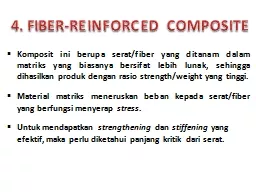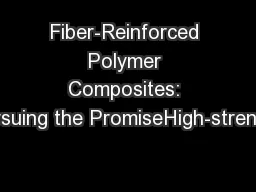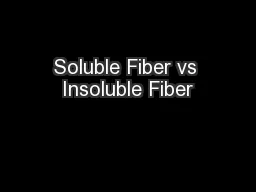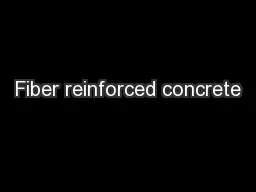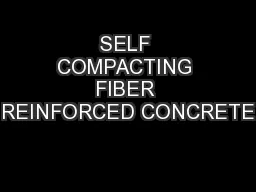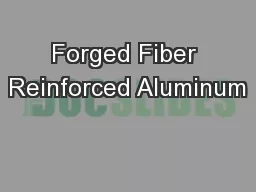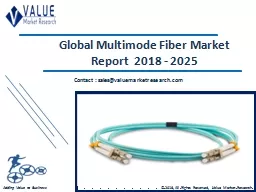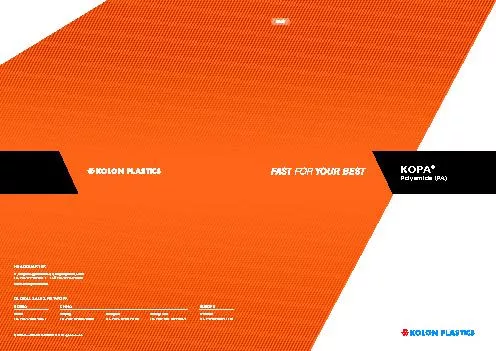PPT-4. FIBER-REINFORCED COMPOSITE
Author : lindy-dunigan | Published Date : 2016-07-01
Komposit ini berupa serat fiber yang ditanam dalam matriks yang biasanya bersifat lebih lunak sehingga dihasilkan produk dengan rasio strengthweight
Presentation Embed Code
Download Presentation
Download Presentation The PPT/PDF document "4. FIBER-REINFORCED COMPOSITE" is the property of its rightful owner. Permission is granted to download and print the materials on this website for personal, non-commercial use only, and to display it on your personal computer provided you do not modify the materials and that you retain all copyright notices contained in the materials. By downloading content from our website, you accept the terms of this agreement.
4. FIBER-REINFORCED COMPOSITE: Transcript
Download Rules Of Document
"4. FIBER-REINFORCED COMPOSITE"The content belongs to its owner. You may download and print it for personal use, without modification, and keep all copyright notices. By downloading, you agree to these terms.
Related Documents

